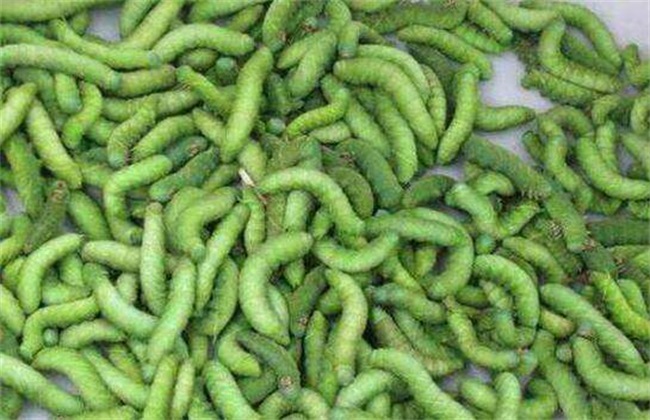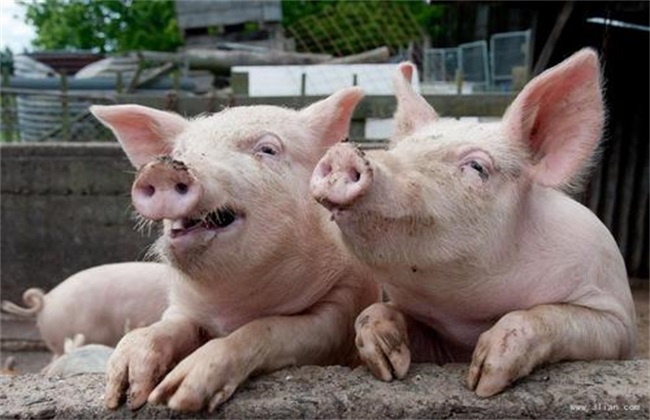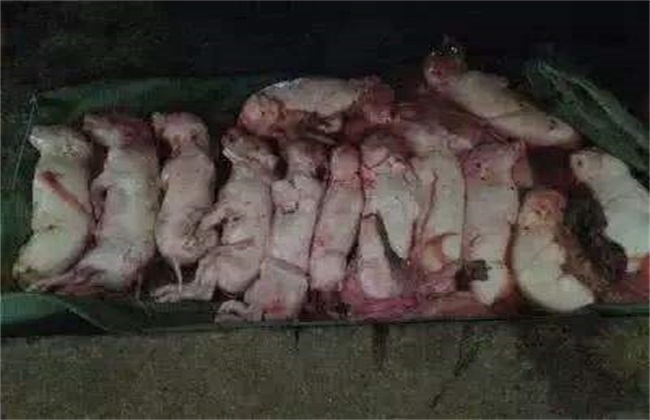Culture technology of bean worm
Bean insects, also known as bean cicadas, are the main pests harmful to soybeans, but in recent years, it has been found that bean insects are a source of high protein, which is higher than that of fish. in addition, it also contains a lot of trace elements, which can be used as medicinal materials after processing and drying. It can also be made into a vegetable for consumption, which has a certain dietary therapeutic value. So people began to raise bean worms and then sell them to get economic benefits. Bean worm culture also has certain exquisite methods, so today I would like to introduce to you the specific breeding methods and techniques of this bean worm.

1. Set up breeding fields
Find a high-lying, sunny shelter, drainage and ventilation of the field to do farming. It is necessary to set up a breeding field that is about 3 meters long and 3 meters wide. Then it is necessary to surround the field with a fine net, usually at a height of more than 1 meter. It is easy to escape if it is less than one meter. After selecting the land, the soil was prepared at the end of May and soybeans were planted in June after fertilization.
2. Seed selection
You can go to the wild to catch mature larvae and then put them into the field to raise them. About 80 wild larvae should be raised in the breeding field of 1 square meter. The larvae can then feed on soybeans and begin to sleep in September after a period of feeding. Then cut off the soybeans, do not plough, and maintain the environment. Larvae can also be purchased directly for stocking.
3. Pupation, spawning and hatching
The temperature rises again in April to pupate in the soil. During pupation, soybeans will be replanted, adults will emerge in June, and then they will begin to lay eggs. The eggs are usually laid on the back of soybean leaves, and the adults will lay eggs three hours after mating. During this period, it is necessary to fly away from the breeding fields. An adult lays more than 200 eggs at a time. Almost all the eggs will hatch in July.
4. Feeding
Soybeans are planted for feeding before pupation, and the larvae of 9 square meters of breeding fields need to be fed with bean leaves of one or two mu of land for the whole larval stage. The hatched larvae can be reared indoors, just like silkworms, raised in separate pools, covered with gauze on the pool to prevent escape, and fresh bean leaves can be picked and fed. The feeding leaves increase with the increase of larval instar.
5. Keep the seed
In September, it is necessary to choose strong mature larvae to be put into the breeding field to overwinter, and then pupae Eclosion in the coming year, mating and laying eggs to hatch new larvae. This is the species that is set aside for the year, and it will be needed for breeding every year from now on.
Breeding bean worms should be kept away from soybeans grown in other people's homes and raised in an isolated area. Bean worm farming is a new project, which is very suitable for rural breeding and is invested as a project to get rich. At present, the number of breeding is small, but the market demand is very large. Therefore, it is believed that better economic benefits can be obtained by targeting the project of getting rich.
Related
- On the eggshell is a badge full of pride. British Poultry Egg Market and Consumer observation
- British study: 72% of Britons are willing to buy native eggs raised by insects
- Guidelines for friendly egg production revised the increase of space in chicken sheds can not be forced to change feathers and lay eggs.
- Risk of delay in customs clearance Australia suspends lobster exports to China
- Pig semen-the Vector of virus Transmission (4)
- Pig semen-the Vector of virus Transmission (3)
- Five common causes of difficult control of classical swine fever in clinic and their countermeasures
- Foot-and-mouth disease is the most effective way to prevent it!
- PED is the number one killer of piglets and has to be guarded against in autumn and winter.
- What is "yellow fat pig"? Have you ever heard the pig collector talk about "yellow fat pig"?



